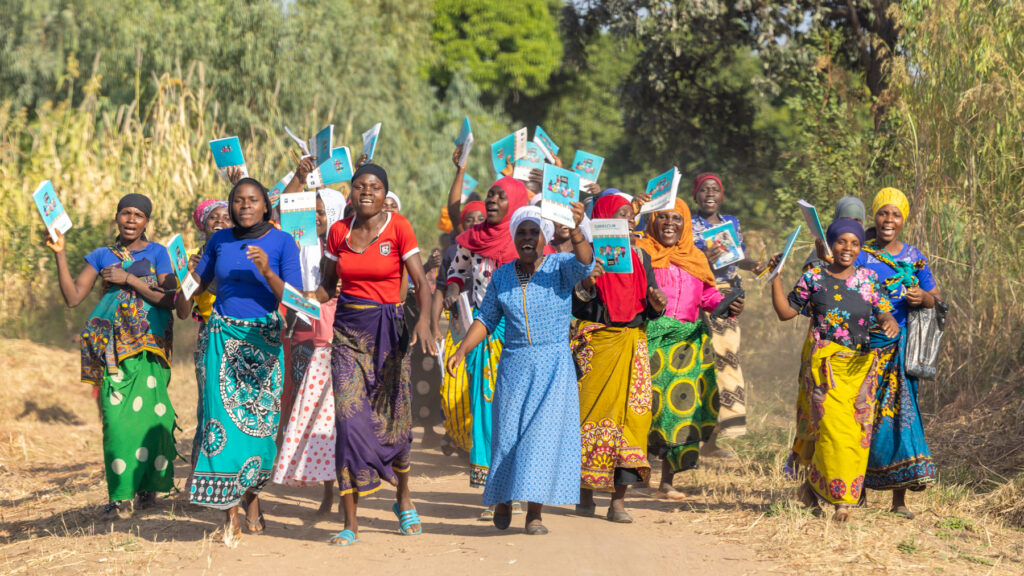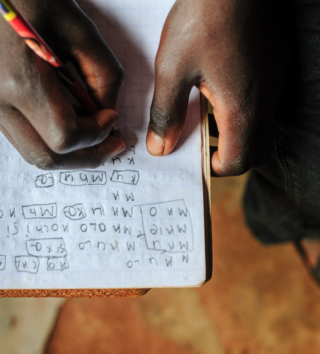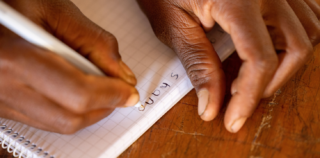
Literacy for Women in Africa: Malawi
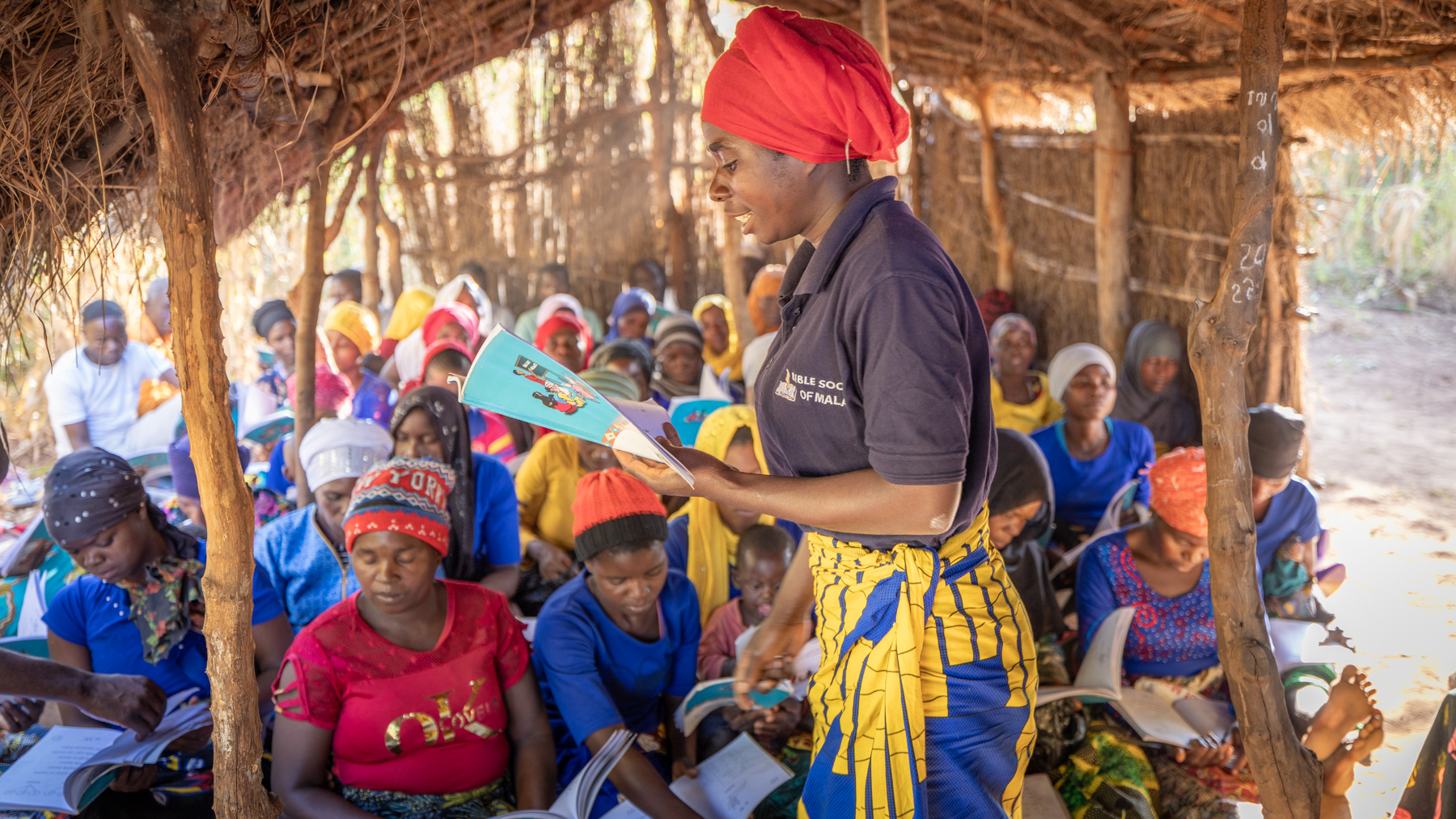
According to UNESCO (2022) Malawi has a low literacy rate. The overall adult literacy rate is 62 percent and the female rate only 55 percent. In a world where education is a vehicle for employment and improved opportunities in life, these figures speak volumes.
Only 3 percent of the Malawian women complete secondary education. A generation of women in Malawi remain uneducated and severely lacking opportunities.
The Literacy for Women in Africa (LWA) is an education program that aims “to reduce illiteracy among women and promote lifelong learning opportunities”.
LWA started in 2015 as a pilot project in the Yao region of Southern Malawi. The original goal of the Yao project was to teach 3,250 adults (85% of them women) to read at a functional level by the end of 2022. The project’s key beneficiaries are women with low or no literacy skills. They are marginalized both by gender and by language, since they speak Yao, a local language, at home. People with disabilities have been encouraged to participate in the literacy classes. Men can join LWA literacy classes, although they are not the main target group. The materials developed for the literacy classes were specially designed to promote gender equality and focus on cultural themes familiar to the learners. The literacy “primer” designed for the basic literacy acquisition does not include religious content.
The project is run by the Bible Society of Malawi (BSM). The Bible Society is responsible for project planning, implementation, and monitoring. SIL International has provided professional literacy consultants in materials development, training of trainers, and capacity building of the BSM literacy team. The project is coordinated and funded by the Finnish Bible Society (FiBS), through resources from the Development Co-operation fund of Finland’s Ministry for Foreign Affairs.
The pilot phase started with situational analyses in 2015. By 2017, ten pilot classes were established for 179 learners. In the following years, the project has expanded with 30–50 new literacy classes annually. In 2022, fifty new classes started with 1703 learners. Classes are running three times a week for two hours at a time.
Yao Project’s timeline from 2015 to 2022
-
• 2015: A situational analysis was conducted for the Yao literacy project.
• 2016: Development of the Yao primer, teachers’ guide, and alphabet poster
• 2017: 3 teacher trainers and 22 teachers trained. Ten literacy classes were piloted, benefiting 179 learners (118 females and 4 males). A total of 122 learners successfully completed the course, achieving a pass rate of 68%. First monitoring visit of the Yao literacy classes by SIL consultant.
-
• 2018: Thirty literacy classes were established, accommodating 610 learners, including 312 females and 5 males. Community-based development of additional literacy materials. A situational analysis was conducted for the Lomwe literacy project.
• 2019: Thirty-one literacy classes were conducted, with a focus on 841 learners, primarily females (815). Funding from MFA Finland commenced, enabling the project to organize a gender workshop and produce gender-sensitive supplementary reading materials. Baseline and end-line testing were initiated. The National Literacy Coordinator began iDelta literacy training (2019–2023). The project expanded with three local partner organizations, offering 24 classes to 496 learners.
• 2020: Bible Society of Malawi literacy team lead the first teacher training without the presence of SIL International consultant. Due to the COVID-19 pandemic, no literacy classes were held. Instead, efforts were directed towards the development of leveled supplementary reading materials.
• 2021: Fifty literacy classes were conducted, involving 1,549 learners (1,344 females). An external evaluation by the Centre for Educational Neuroscience (CEN) was conducted.
• 2022: Fifty literacy classes were conducted, involving 1,703 learners (1,644 females). The project underwent a second external evaluation, revealing a pass rate of 95% among assessed learners and 94% among the total enrollment. Revision of the Yao primer and teacher’s guide and Improving literacy module.
On May 13, 2022, LWA Yao literacy materials received approval from NACLAE (the National Centre for Literacy and Adult Education).
LWA Lomwe Project
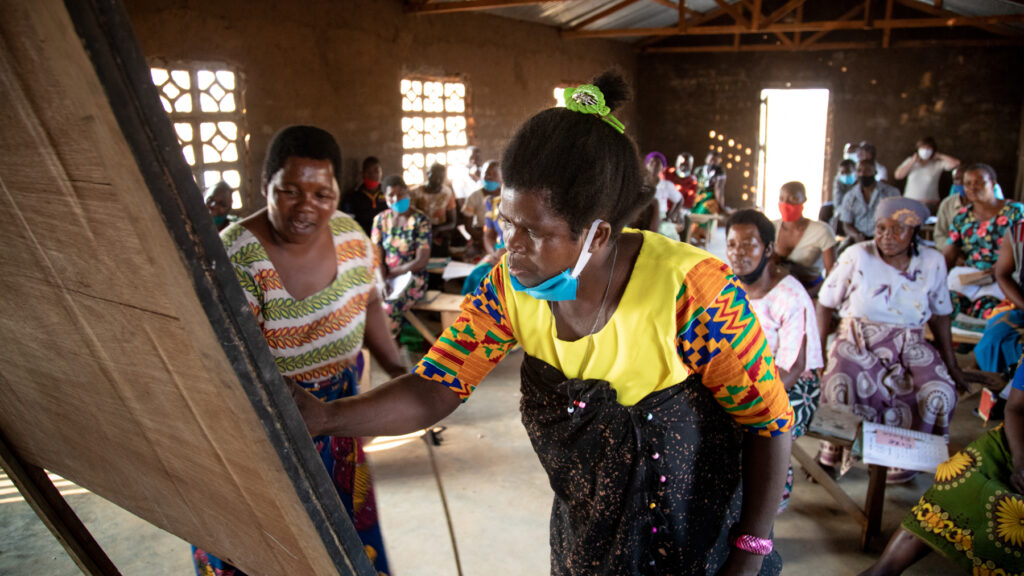
Following the successful pilot of the LWA Yao project, the LWA program was expanded to include the Lomwe language in the Mangochi district of Malawi. The first Lomwe pilot literacy classes started in 2021.
“I can! I wrote a letter to my husband. I asked him to buy me a pen and a notebook.”
Linty Mungu,
Lomwe literacy student, Malawi.
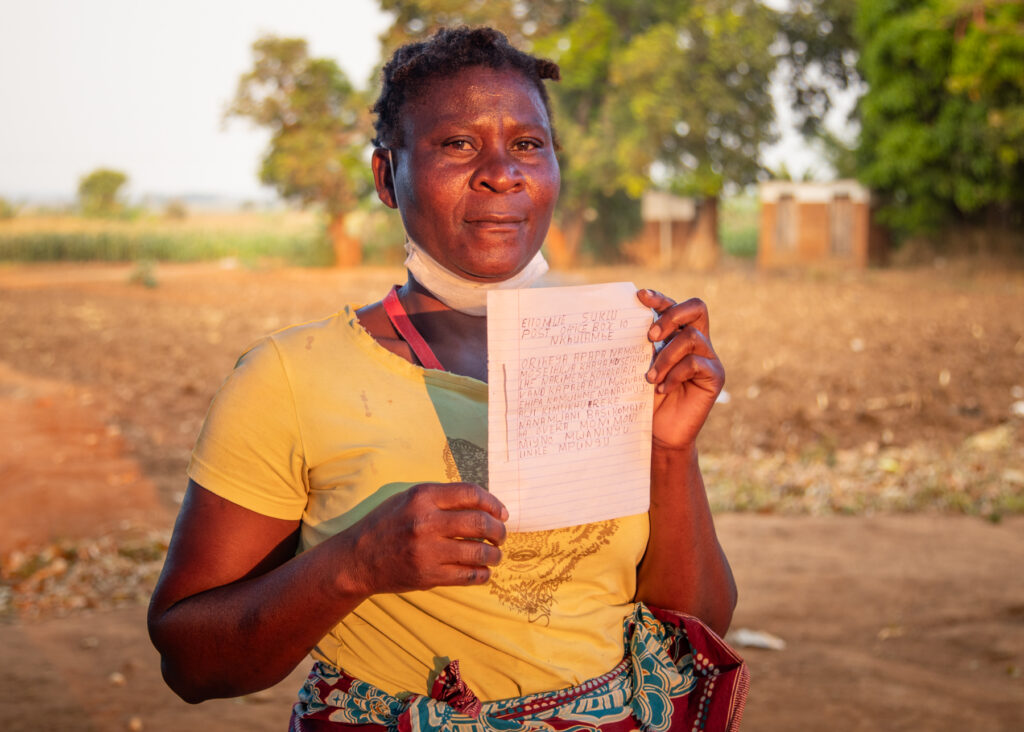
LWA Malawi project phase 2023–2026
The Finnish Ministry of Foreign Affairs granted an extension (2023–2026) to the Malawi project, with an additional funding of € 800,000. Here is a summary of the objectives the project aims to achieve during this extended period.
The Malawi LWA project aims to reduce female illiteracy in Malawi by providing literacy classes in two non-dominant languages: Yao and Lomwe. The project has three main goals:
-
The objective is to help learners decode and understand written texts in their first language (either Yao or Lomwe) with increasing fluency and comprehension.
a) Improved basic literacy materials: The project provides revised and improved primers, teacher’s guides, and other materials for 40 Lomwe and 20 Yao literacy classes. Additionally, an AlphaTiles mobile app is being developed as a supplementary tool to enhance reading practice in Yao.
b) Teacher training: Each year, 120 local community members are trained as literacy teachers to manage 40 Yao and 20 Lomwe literacy classes.
c) Learners’ progress: Each year, 1,500 learners (90% of them women) acquire “Emerging Literacy” skills and move on to the “Improving Literacy” level. The literacy classes run for six months, three times a week, for two hours per day (a total of 150 class hours).
d) Staff support: The project ensures that the National Literacy Coordinator, two Language Supervisors, and six Literacy Monitors receive sufficient training and mentoring.
-
The project aims to increase the number of Lomwe and Yao women who acquire skills that enhance lifelong learning opportunities, such as transferring reading skills to another language and strengthening numeracy skills. The target is divided into two parts:
a) Transfer literacy: By 2026, the project aims to support 600 Lomwe learners in transferring their reading skills from Chichewa, the national language, to Lomwe. Additionally, by 2025, the Yao and Lomwe learners should be able to read materials in both their first language and Chichewa, in the “Improving Literacy” groups.
b) Numeracy: By 2025, an adapted numeracy syllabus will be taught in all 40 Yao and 20 Lomwe literacy classes. The syllabus will be developed and piloted by 2024.
-
The project aims to improve its partner agencies’ understanding of first language literacy and non-dominant languages, leading them to initiate related activities.
The key advocacy message of the project is “Basic literacy for women in their first language”. The targets for this outcome are to have an increased number of partner organizations implementing literacy classes in Yao and Lomwe by 2026 and to create more opportunities for further learning beyond basic literacy classes in these languages.
